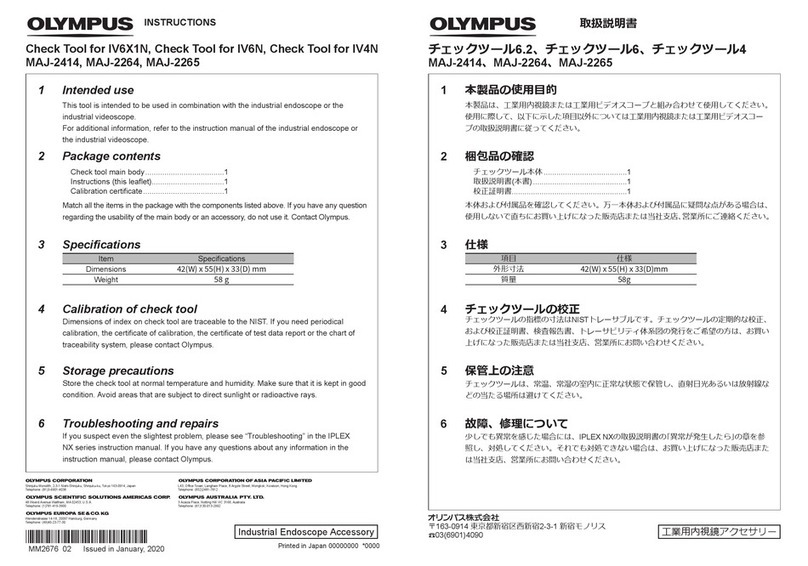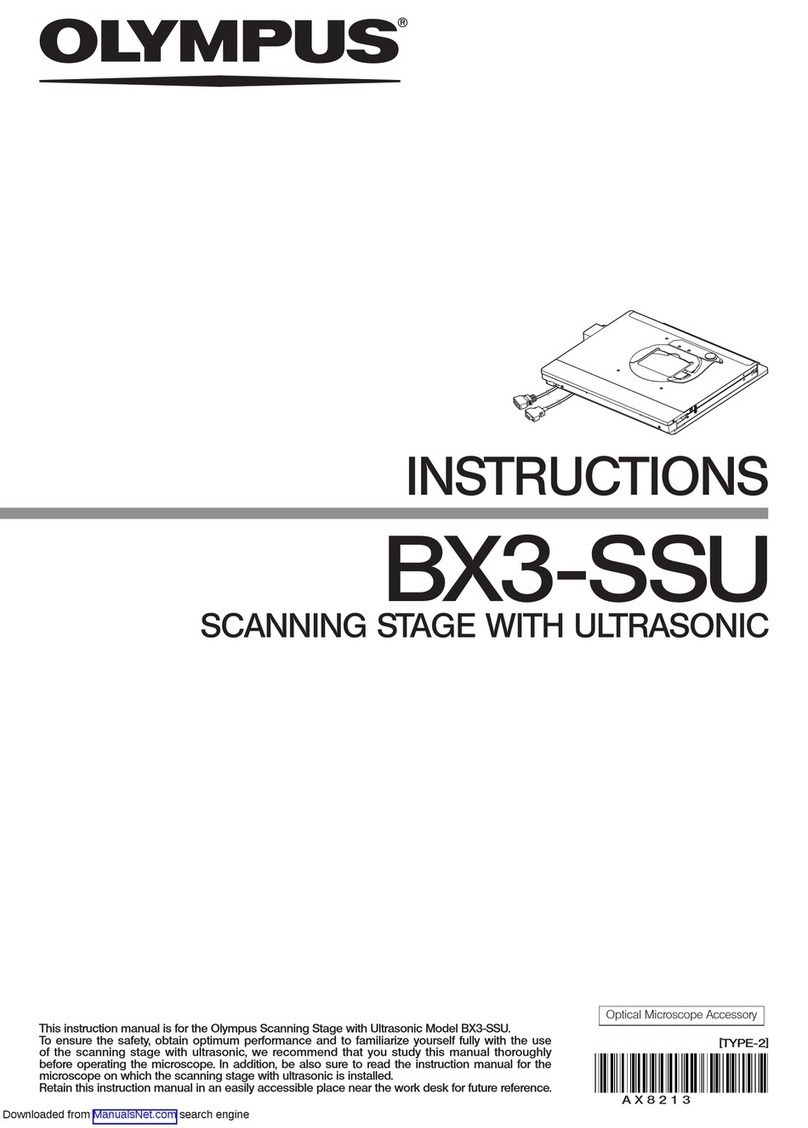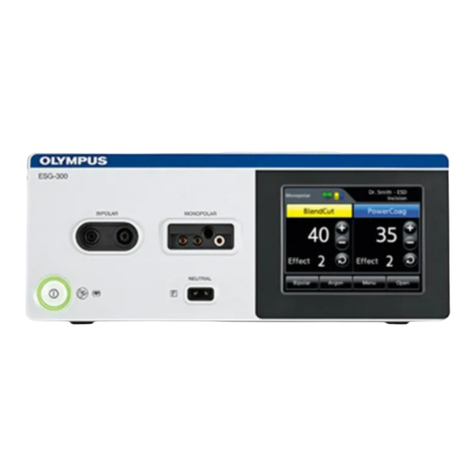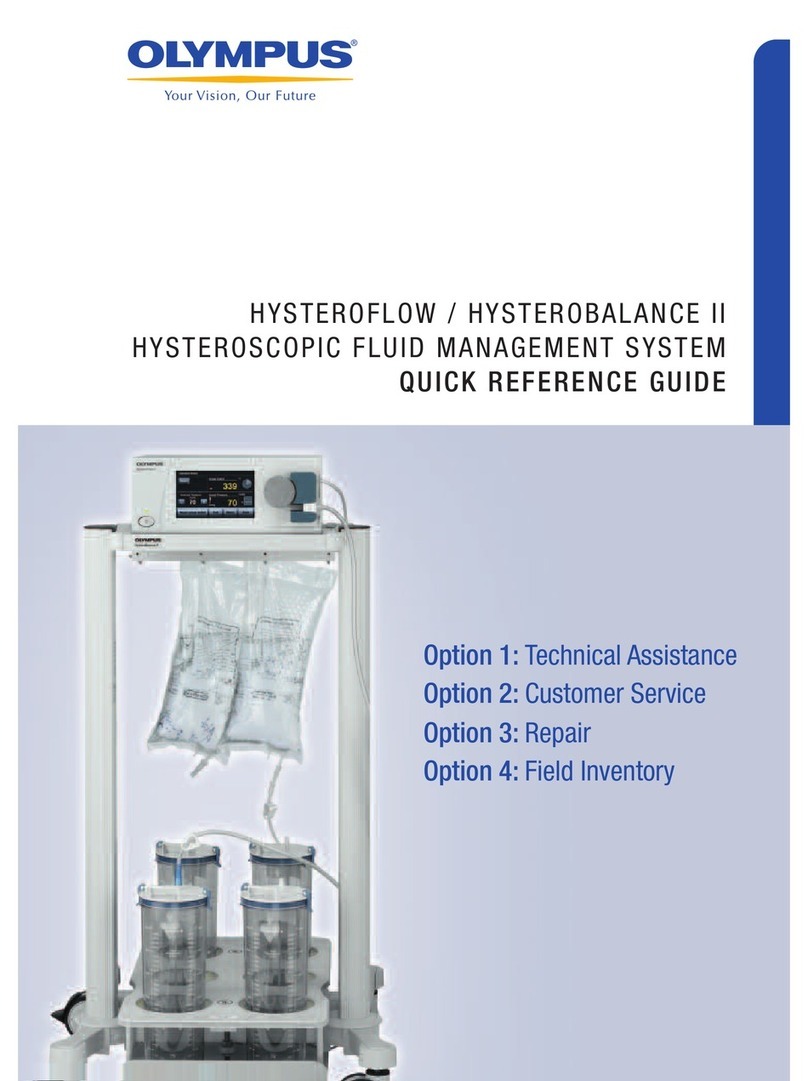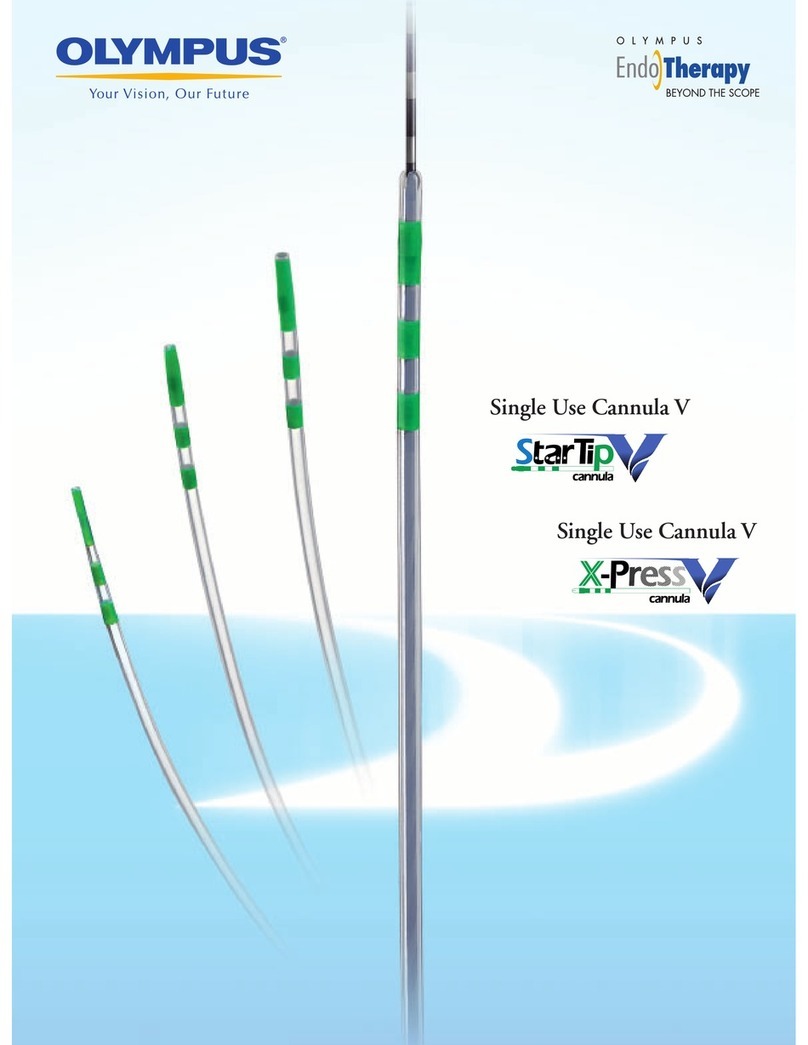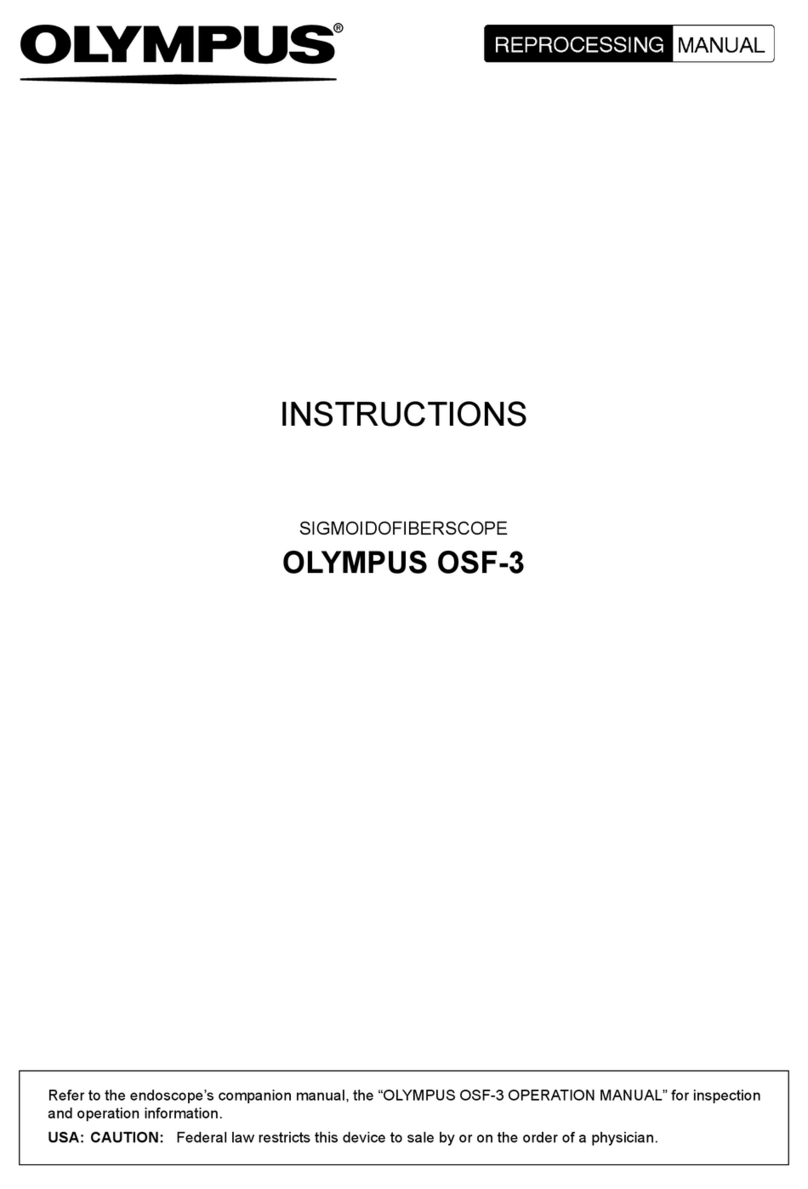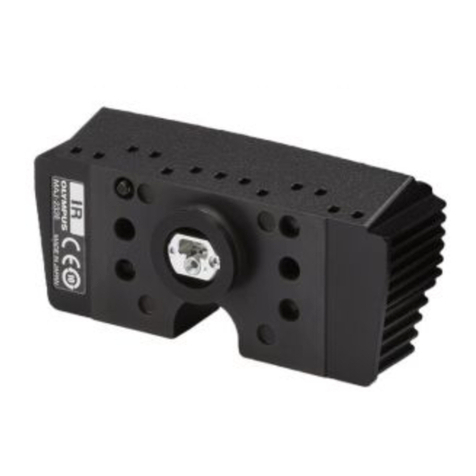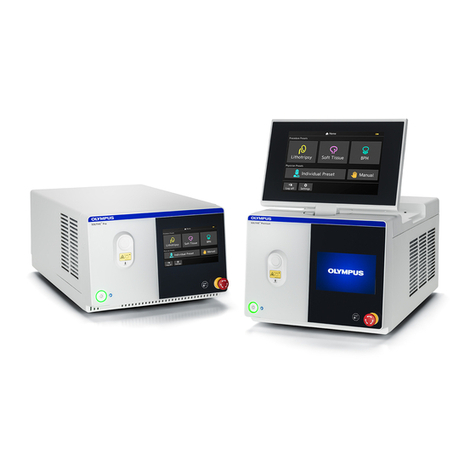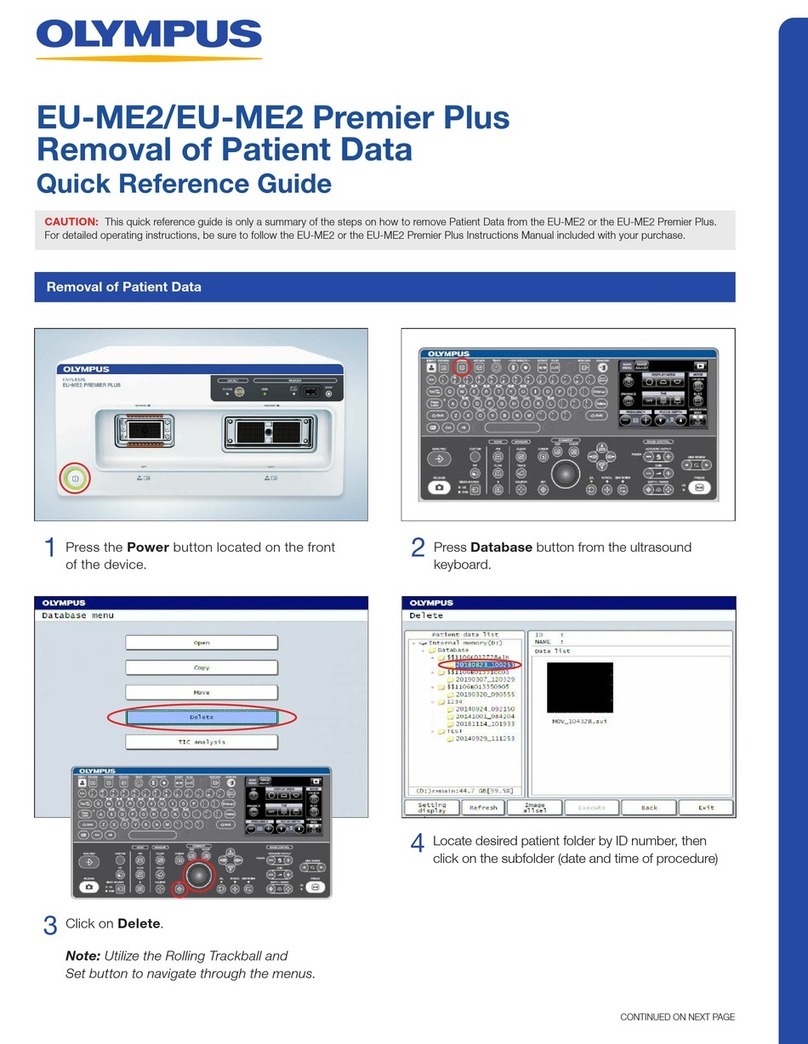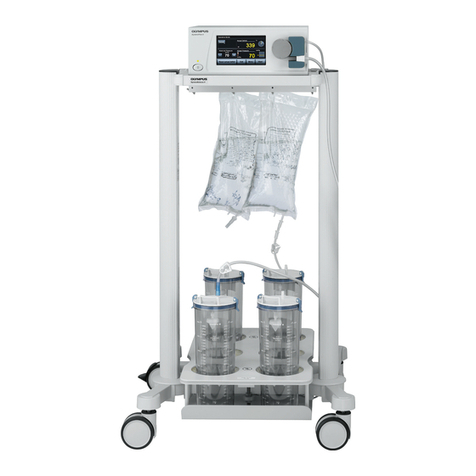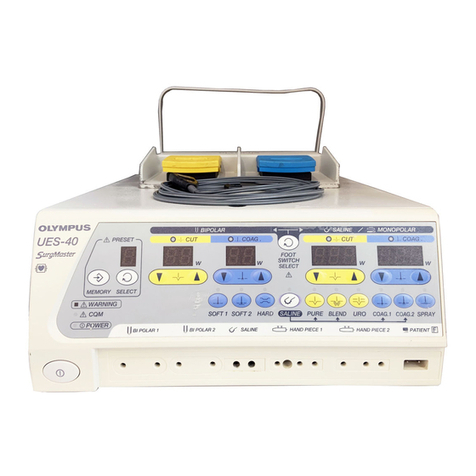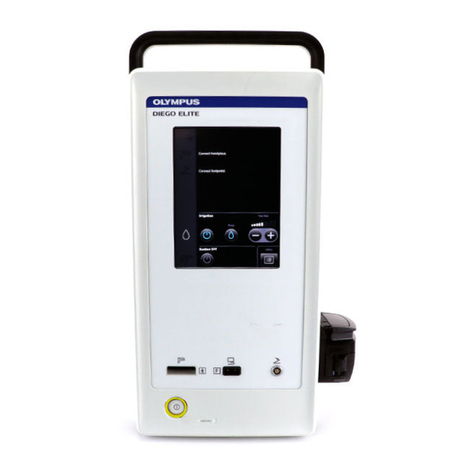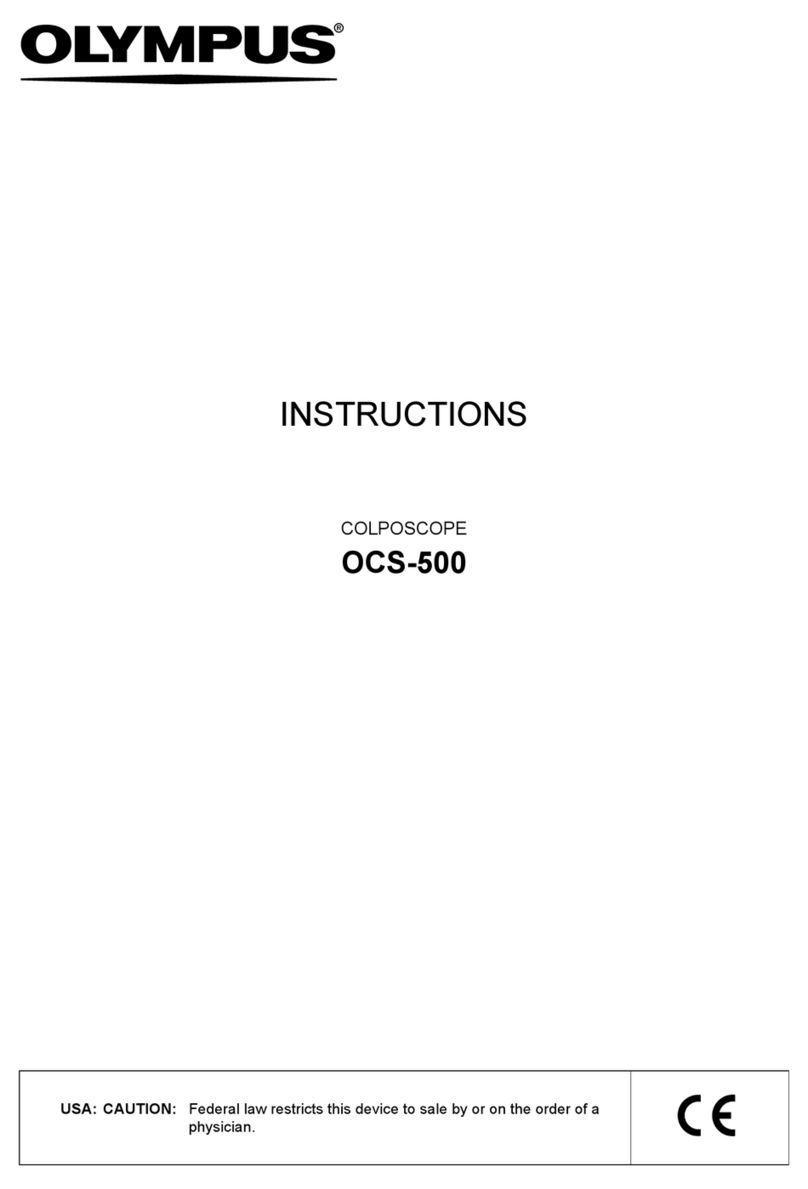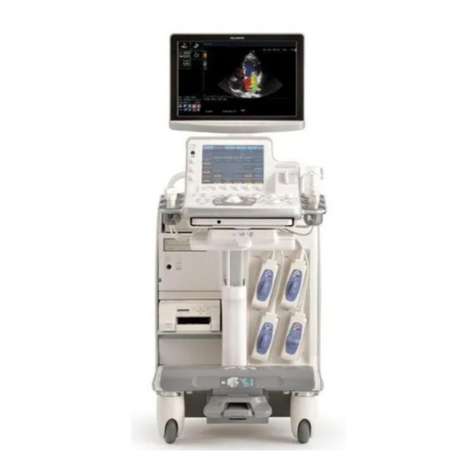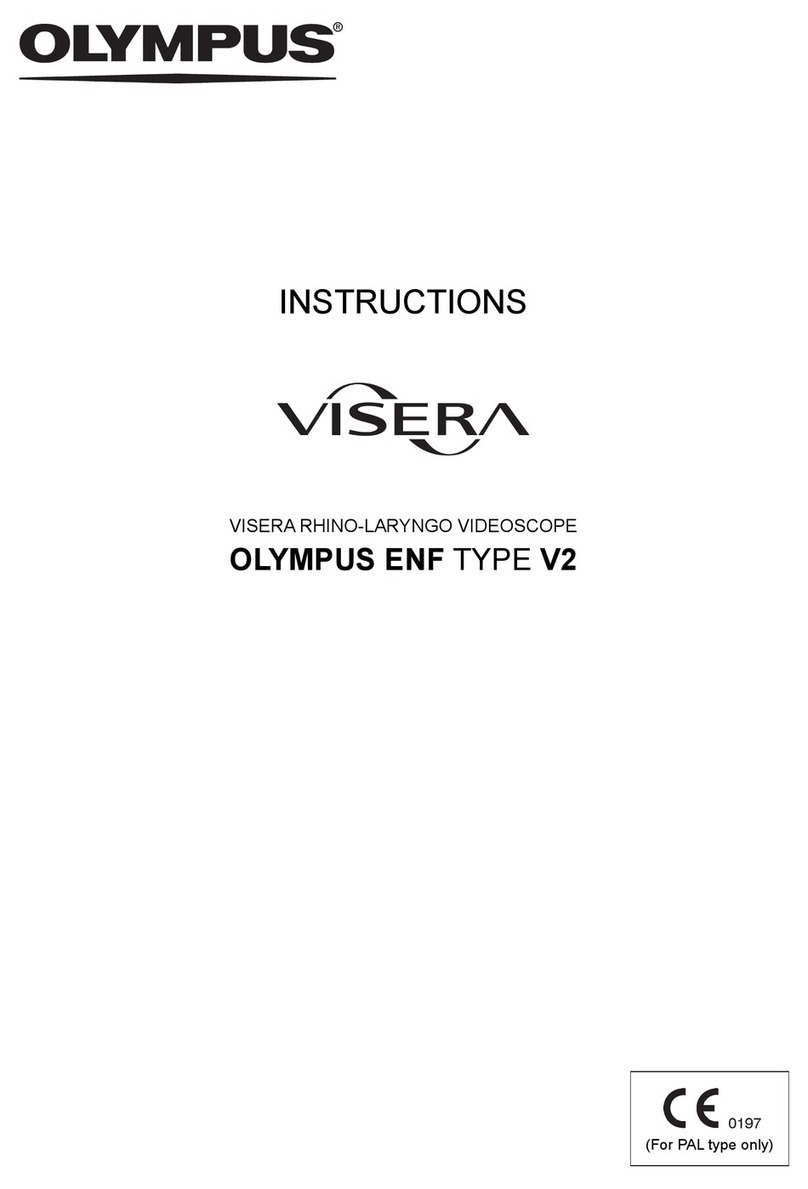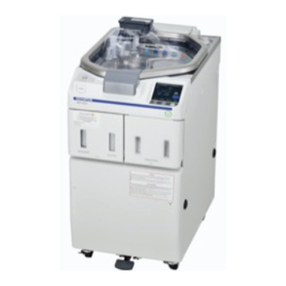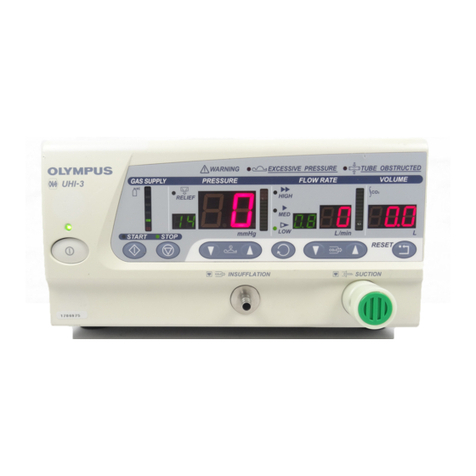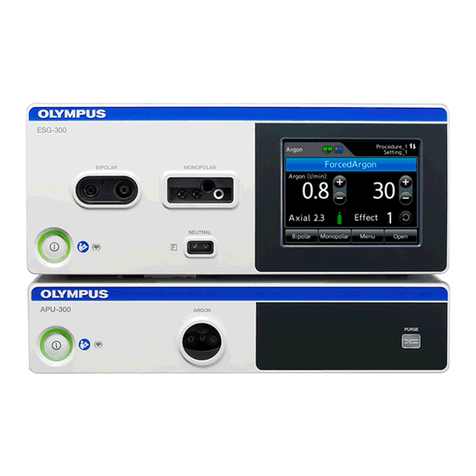
Contents
1 Using this document..........................................................................................................5
1.1 User instructions ...............................................................................................................5
1.2 Conventions throughout this document.............................................................................5
1.3 Safety-related information in this document ......................................................................5
2 Safety information..............................................................................................................7
2.1 Intended purpose ..............................................................................................................7
2.2 Contact..............................................................................................................................8
2.3 General safety notes .........................................................................................................8
3 Product description .........................................................................................................16
3.1 Scope of delivery ............................................................................................................16
3.2 Product functions ............................................................................................................16
3.3 Features ..........................................................................................................................17
3.4 Operating elements on the hardware..............................................................................18
3.5 Operating elements of the touchscreen ..........................................................................21
3.6 Double-pedal foot switch.................................................................................................24
3.7 Optional accessories.......................................................................................................25
3.8 Symbols ..........................................................................................................................28
3.9 Warranty..........................................................................................................................29
4 Installation ........................................................................................................................30
4.1 Safety notes for installation .............................................................................................30
4.2 Connection of peripheral equipment ...............................................................................30
4.3 Connection to the mains electricity .................................................................................31
4.4 Automatic mist and smoke evacuation............................................................................32
4.5 Connecting the foot switch ..............................................................................................35
5 Basic settings and menu.................................................................................................37
5.1 Function list .....................................................................................................................37
5.2 Push button hierarchy .....................................................................................................38
5.3 Select procedure.............................................................................................................39
5.4 Assign foot switch and autostart function........................................................................40
5.5 MENU push button..........................................................................................................42
6 Using the ESG-400 with a neutral electrode..................................................................57
6.1 Safety notes for neutral electrode use.............................................................................57
6.2 Correct usage of neutral electrodes................................................................................57
6.3 Conditions of the CQM indicator .....................................................................................59
6.4 Connecting to the electrosurgical generator ...................................................................59
6.5 Verifying the CQM indicator ............................................................................................61
7 Before use.........................................................................................................................62
7.1 Inspection........................................................................................................................62
7.2 Procedure after inspection ..............................................................................................67
7.3 Power settings.................................................................................................................68
7.4 Tissue effects depending on the power level and effect level.........................................75
8 Use.....................................................................................................................................77
8.1 Safety notes for use ........................................................................................................77
8.2 Description of the output sockets ....................................................................................79
8.3 Connecting HF instruments.............................................................................................80
